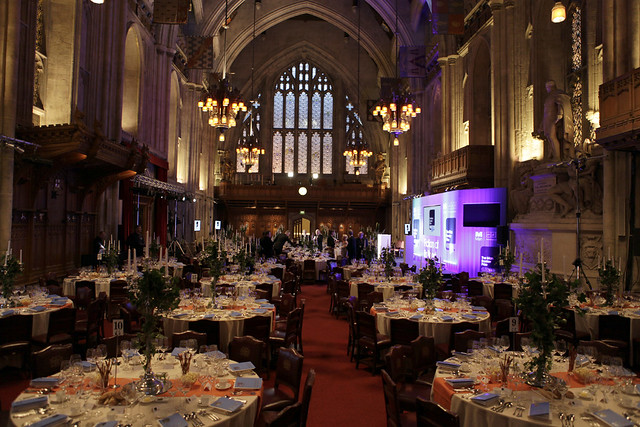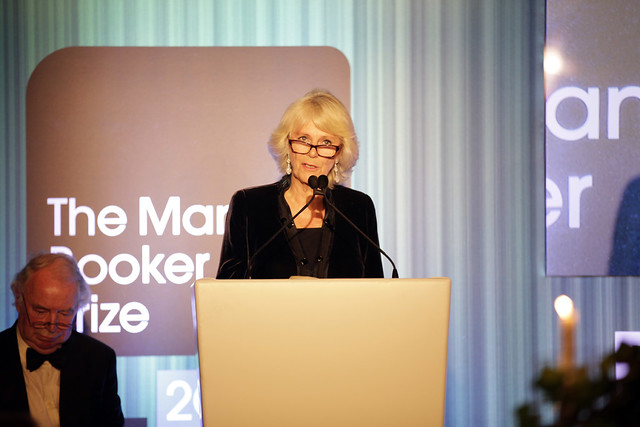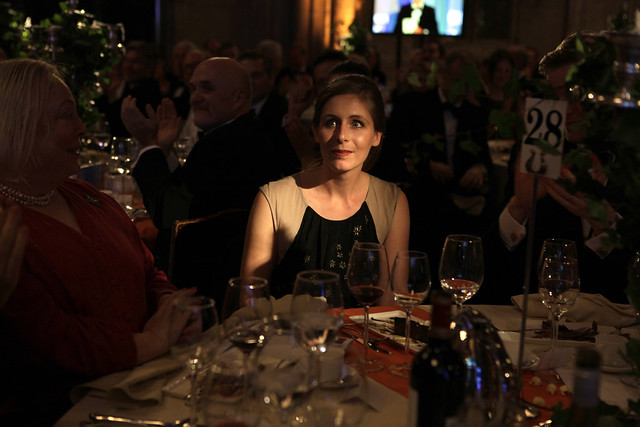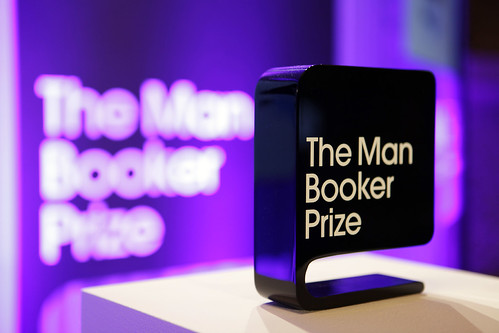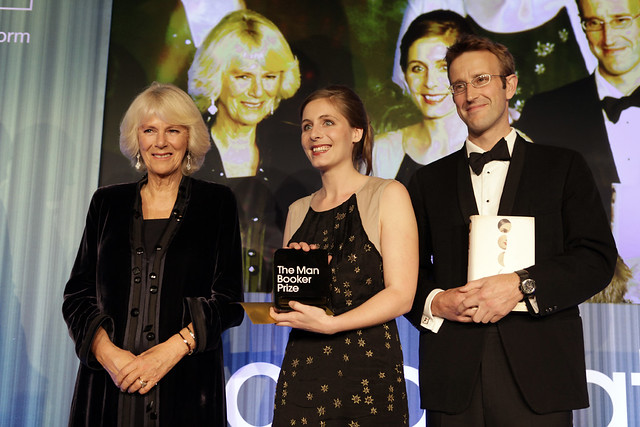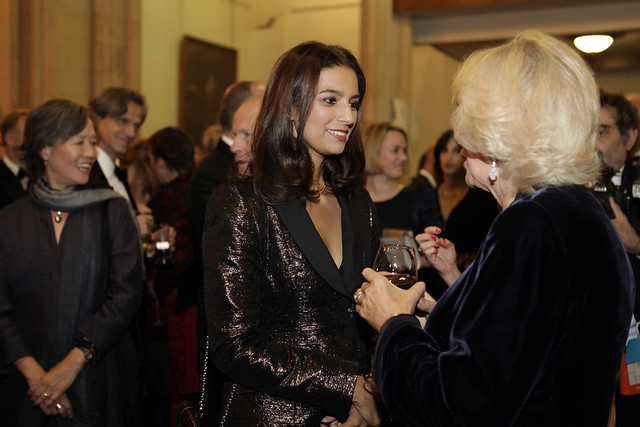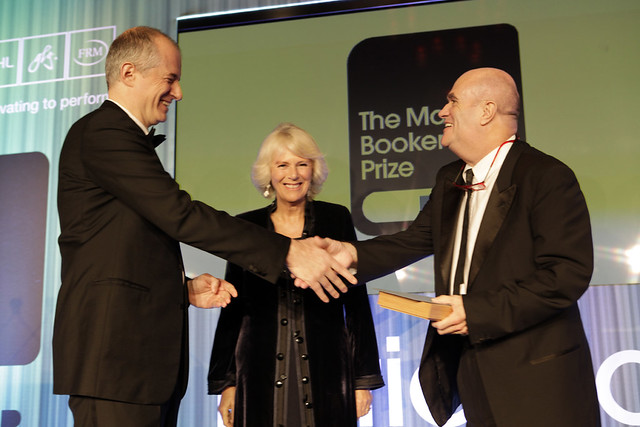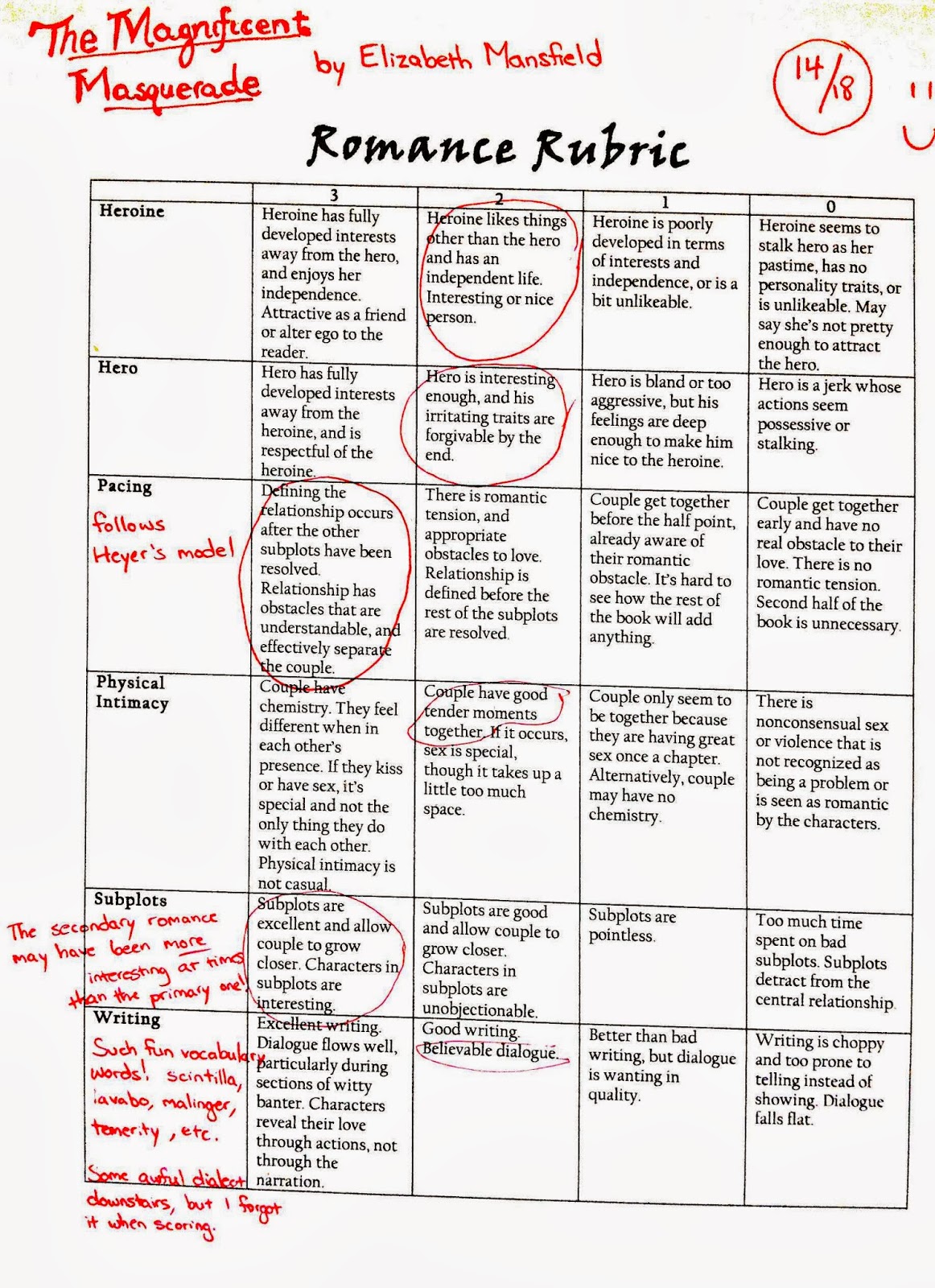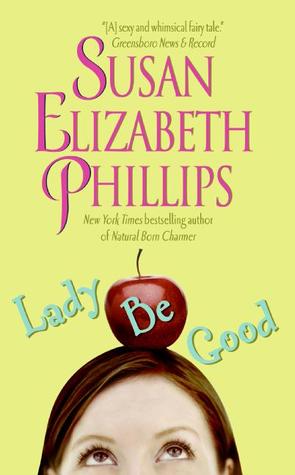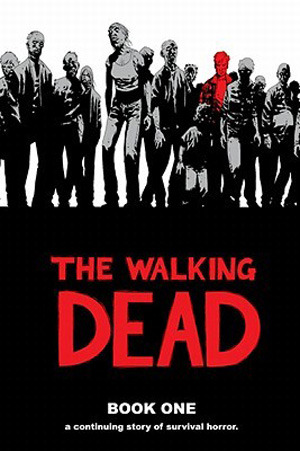 Title: The Madman’s Daughter
Title: The Madman’s DaughterAuthor: Megan Shepherd
Publisher: Balzer + Bray
Publication Date: January 29th, 2013
Read: October 2013
Where It Came From: Library
Genre: YA-horror-science-fiction-historical
Rating: 4 H.G. Wellses
The Quick and Dirty:
Juliet Moreau has been living on her own in Victorian London, trying to scrape together a living in the shadow of her father’s disgrace. Once a prominent surgeon, Henri Moreau’s mysterious experiments led to scandal for his family, exile for him, and poverty and hardship for his daughter. As Juliet struggles on her own, she is left wondering whether her father is the warm man she remembers, or the monster that everyone says he is. So when she comes across Montgomery, her father’s old assistant, and discovers that he is still working for her father on an island in the Pacific, she convinces him to take her along on the ship back in order to finally get some answers. On the way they pick up a mysterious shipwreck survivor named Edward, who has no choice but to travel to the remote island with them. Things escalate after their arrival and less-than-welcome from her father when Juliet discovers that he has been experimenting on animals to make them more human-like, and that a killer is on the loose. Juliet knows she needs to escape the island, but doesn’t know if she will be able to escape the madness of her father’s blood in her veins. This novel, inspired by H.G. Wells’ The Island of Dr. Moreau, while probably not for the squeamish, is an absorbing gothic thriller that I quite enjoyed.
The Wordy Version:
When this book started off with a vivisection and a wrist-tendon-cutting in the first 50 or so pages, I wasn’t sure it was the book for me. Vivisection reminds me of a traumatic experience with a Mark Twain short story, and y’know, I just like animals too much to not get upset when I read about them being tortured. (You might judge me for finding that more upsetting than someone getting the tendons in their wrist severed, but that tendon-cuttee totally deserved it, so there.) I was feeling a little nauseous, but decided to stick with the book a bit longer because despite the grossness, there was something undeniably enticing about the writing. And I’m glad I did. When I tear through a 400+ page book in less than 36 hours, that says something! (Mostly that I should probably put more of a premium on sleep and social interaction, but hey, it happens.)
The amount of horror was just right for me, since I don’t like hardcore horror very much. If you’ve inhabited society and pop culture in the past century, you probably know what The Island of Dr. Moreau is about and thus have some idea of what Juliet’s dad is up to, but there is an air of mystery and suspense in Juliet getting around to discovering the extent of her father’s nuttiness and finding out how the other characters are involved that pulls you through the story. And then of course there’s the question of how she’s going to extricate herself from this remote island incubator of crazy, AND THEN how she might manage to reintegrate into society after experiencing all of that (although that second question might be best left for the next book). Juliet herself is very concerned with the possibility of having inherited a little bit of her father’s crazy, which adds an interesting psychological slant to the story, although from the reader’s perspective it’s pretty clear that Juliet isn’t as much like her father as she fears.
And yes, this book does have THE DREADED LOVE TRIANGLE. I’m not one of those knee-jerk reaction love-triangle-haters—it can be done well, and I try to give each a fair chance before passing judgment. The Montgomery-Juliet-Edward love triangle falls firmly in the middle of the spectrum. It’s definitely not an equilateral—maybe more of an isosceles? By which I mean that 2 sides of the triangle are well-developed, but one leg is less developed and left sort of flapping in the wind (although if any triangle had a leg flapping in the wind, I guess it wouldn’t really be a triangle, so there goes my metaphor). The attraction and romance between Juliet and Montgomery was convincing and made sense—they had a history, there was chemistry, and there was appropriate conflict. How would you feel if this nice-seeming guy suddenly reveals that he’s been complicit, if not an active participant, in horrifying medical experimentation with your nutso father? There was good internal conflict for both Montgomery and Juliet, and it built into realistic obstacles to their relationship. Now, castaway Edward on the other hand… I mostly just felt he was useless. Not really offensively so. I just…didn’t know what he was doing there. Juliet kept talking about being so drawn to him, and I just didn’t feel it. It didn’t feel real. There wasn’t much chemistry, neither the readers nor she knew much about him, and perhaps most importantly, he didn’t really have much personality. We are told that he is clever and educated, but it is never really shown to us in what he says or does. It wasn’t rage-inducing; I was more like Why are you here? Why aren’t you interesting? And why do you keep distracting Juliet from Montgomery? And yes, yes, Edward has a somewhat important part to play at the end of the story, but even that development failed to impress me with regards to his character. So, Montgomery and Juliet—fun to read about. Edward and Juliet? Less so.
Aside from my confusion about why Edward needed to be in the story, the only other thing that I had qualms about was the amount of time characters spent running around the jungle. And like with Edward, it was less, “This is stupid, I am angry at this writing!” and more, “Why are we doing this…? Oh, okay…” It may have bewildered me for a moment, but it didn’t disrupt my reading of the story and it was easy to forget about it and keep turning pages.
And that ending!! Oh man. Action right up until the last page, and then that cliffhanger. It was pretty awesome, and set up some promising conflict for the next book in the trilogy. (Yes, another YA trilogy. I thought with being inspired by The Island of Dr. Moreau it would be a standalone, but it looks like the next entry will take inspiration from Robert Louis Stevenson’s The Strange Case of Dr. Jekyll and Mr. Hyde.) Overall, I enjoyed this one a lot. More upfront, moderate horror than truly frightening, creep-down-into-your-bones, insidiously chilling horror, it drew me in and kept me reading, even with my worries about squeamishness and a limp-legged love triangle. I plan to read the sequel come January 2014, and would think about purchasing a copy of this for my shelf.
It turned out this was a good unplanned Halloween read! Have you read anything spooky this October? What’s next on your TBR?











